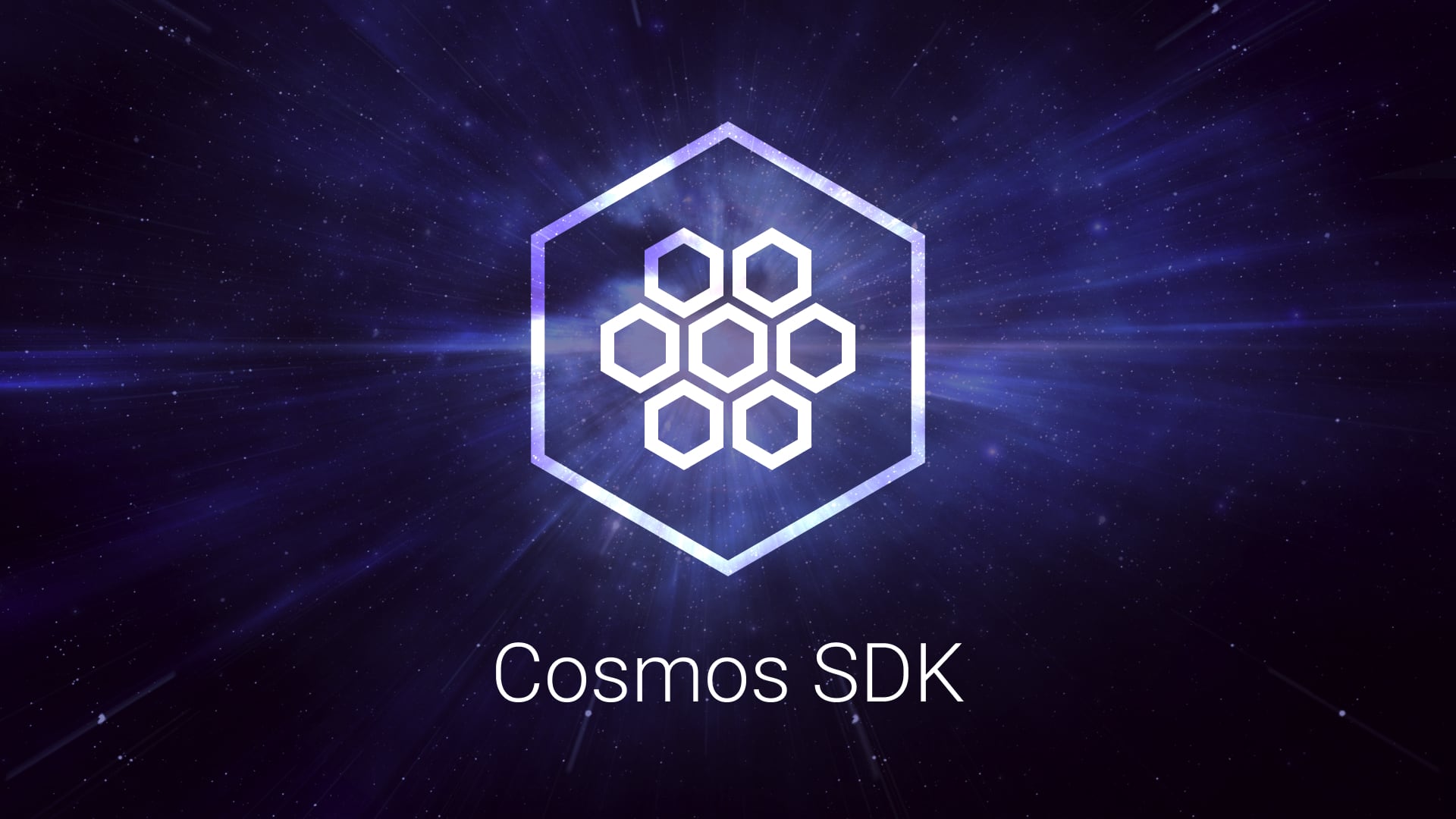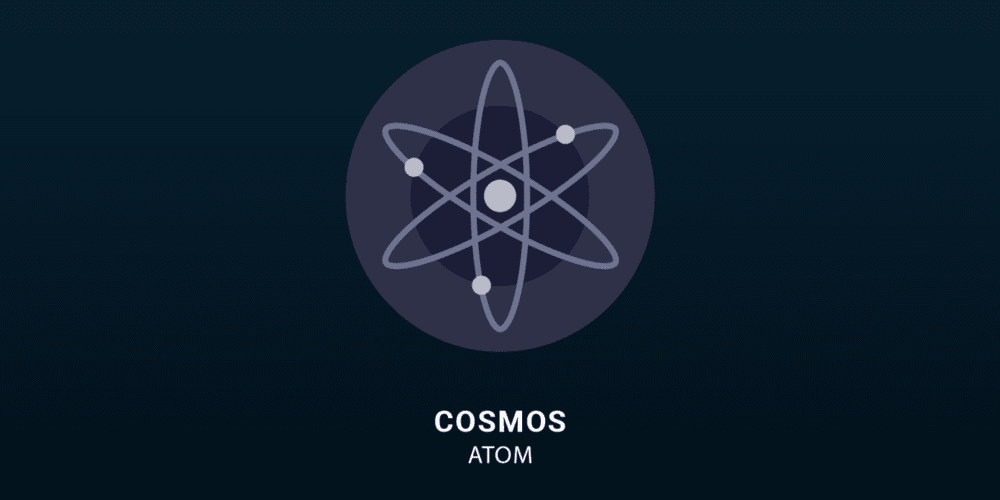
If you’ve spent any time in the crypto world, you’ve likely heard about the Cosmos Network. Cosmos is a blockchain company that aims to solve a couple of big problems that are currently plaguing the blockchain industry. Cosmos aims to do this through a unique tech stack that facilitates inter-blockchain transfers of data between different independent blockchains.
So, how exactly does the platform do this? What about its native token ATOM? And what does the future look like for the self-described “internet of blockchains?”
What does Cosmos do?
There are hundreds of different blockchains in existence, each with its own technology and tokenomics. A major problem in the industry is that these blockchains are unable to communicate with each other.
This makes it impossible to easily make transactions and send data across different chains. While it is possible to build “bridges” between chains, you can only do so for two chains at a time.
Cosmos’ goal is to solve this problem. Allowing different blockchains to communicate with each other addresses two important blockchain trends that other projects have also been working on: interoperability and scalability.
Cosmos makes it easy to create inter-blockchain transfers by creating different “hubs” on its network. These hubs are single points that various blockchains (known on the platform as “zones”) can connect to and use to communicate with each other.
To understand how the Cosmos Network functions, you need to learn about the three main components that make it up.
Tendermint core
The first part of Cosmos is the Tendermint Core, the blockchain protocol that underlies the entire network. Jae Kwon, the founder of Cosmos, originally developed the Tendermint blockchain company in 2014, two years before writing the Cosmos whitepaper.
Blockchains are made up of three layers: application, networking, and consensus. It used to be that if you wanted to create your own blockchain, you would have to code everything from scratch, a process that took years.
However, Tendermint solves this by combining the networking and consensus layers into one engine that anyone can build upon, allowing people to cut down the blockchain creation time to a matter of weeks.
It simplifies the blockchain creation process, which allows the developer to focus on the actual application of the blockchain, rather than developing the underlying protocol driving the chain.
Another major feature of Tendermint is that it uses Byzantine Fault Tolerance (BFT).
Byzantine Fault Tolerance is essentially when a system can reach consensus even if one-third of the validator nodes fail for any reason. When Kwon invented Tendermint, he was the first to apply BFT to a proof-of-stake system.
Some other benefits to the Tendermint Core are that it can be used to create private or public blockchains, offers instant finality, and provides a high level of security.
Source: awesomeopensource.com
Cosmos SDK

The second layer to the Cosmos Network is the Cosmos software development kit (SDK), which simplifies the application layer of developing a blockchain.
The Cosmos SDK helps developers create their own Application Blockchain Interface (ABCI), which is a necessary component that connects the application layer of the blockchain to the networking and consensus layers.
This framework allows anyone to easily create their own customizable blockchain, without having to code each part of the chain’s functionality from scratch. A developer can use any coding language, and the Cosmos SDK will convert it to a language that the Cosmos Network understands.
All blockchains built with the Cosmos SDK can use the Tendermint BFT consensus mechanism, though it is possible to use different consensus methods.
In addition, one benefit to creating your own blockchain through the Cosmos SDK is that unlike creating a dApp, creating a blockchain gives you more sovereignty and security.
Developers can use the SDK to create applications for anything from cross-border payments and finance, to gaming and video streaming.
Some big-name platforms were created using the Cosmos SDK, including the Binance DEX, Crypto.com, and Terra.
Inter-blockchain communication (IBC) protocol
The last major component of the Cosmos Hub is their IBC protocol, which was officially launched in early 2021 after five years of research and development. The IBC protocol is an interoperability protocol that allows individual, sovereign blockchains to easily transfer data between each other.
The IBC protocol opens the doors to the ability to transfer fungible and non-fungible tokens across different chains in a permissionless manner, and can be used to create interchain exchanges and NFT marketplaces.
The launch of the IBC led to the creation of Cosmos’ own DEX, the Gravity DEX, which allows for token trading on any IBC-enabled blockchain.
The ATOM token

What role does ATOM play in the Cosmos Network? The main benefit to ATOM is in staking it, because it doesn’t function as a currency or store of value.
Because Cosmos is used by multiple blockchains, each with its own token, network fees don’t have to be paid in ATOM.
For this reason, ATOM is best used for staking, which allows a user to become a validator or delegator, and most importantly, be able to vote in the governance of the Cosmos Hub.
Blockchains joining the Cosmos ecosystem are incentivized to stake the ATOM token in order to participate in the system’s governance, which could potentially drive up the value of the ATOM token as more projects decide to stake it.
ATOM is also inflationary because it has no maximum supply. This is another reason why staking ATOM will get you more value from the coin than holding it.
Source: itsblockchain.com
Key milestones in Cosmos’ history
Computer scientist Jae Kwon was the first to apply Byzantine Fault Tolerance to a proof-of-stake blockchain. Based on this idea, he created Tendermint in 2014 along with Ethan Buchman.
Two years later, Kwon and Buchman wrote the whitepaper for Cosmos, and Kwon went on to become president of the Interchain Foundation, a Swiss non-profit organization that has overseen the development of the Cosmos blockchain company and still plays an important role in facilitating it today.
The Cosmos Network was officially launched in 2019. However, the project wasn’t officially complete until early 2021, when Cosmos’ Inter Blockchain Communication (IBC) protocol went live. The IBC protocol is what finally allowed Cosmos to facilitate inter-blockchain transfers between different blockchains.
In mid-2020, Cosmos faced some setbacks when internal tensions in the project’s team resulted in founder Jae Kwon stepping down from Cosmos, as well as his position as president of the Interchain Foundation.
While this may have slowed the project down, the launch of the IBC protocol in 2021 moved the project forward again, as did the launch of Cosmos’ decentralized exchange, the Gravity DEX, in July of 2021.
The future of the Cosmos Network
Cosmos’ goal is to become the go-to hub for inter-blockchain transfers and a key part of “blockchain 3.0.” Blockchain 3.0 is a term used to describe the projects that are attempting to fix the current interoperability and scalability problems in the blockchain industry.
To this end, Cosmos is set to launch several new features in early 2022 as part of its new project roadmap.
These include interchain staking, NFTs, staking derivatives, and a dedicated bridge between Cosmos and Ethereum called the Gravity Bridge.
In 2021 the Cosmos Network announced a couple of partnerships that will take the blockchain company into the DeFi and gaming spaces heading into 2022.
This includes a partnership with blockchain videogame organization Forte to bring gaming to the Cosmos Network, and a partnership between Sommelier and Mysten Labs that will increase transaction times on Cosmos and bring smart contracts to the network.
While Cosmos does have some competition out there that is also focusing on interoperability, such as Polkadot and Avalanche, it seems that the platform’s new partnerships and plans for 2022 could potentially boost the ATOM token and expand the use cases for the network.
About the Author

Michael Hearne
About Decentral Publishing
Decentral Publishing is dedicated to producing content through our blog, eBooks, and docu-series to help our readers deepen their knowledge of cryptocurrency and related topics. Do you have a fresh perspective or any other topics worth discussing? Keep the conversation going with us online at: Facebook, Twitter, Instagram, and LinkedIn.


